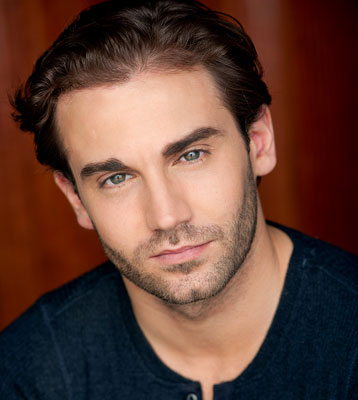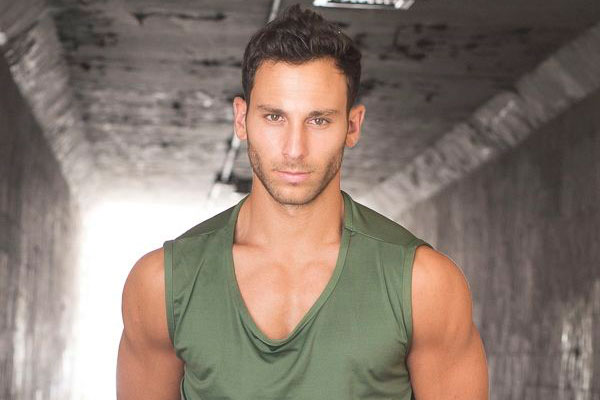
Bruce Lee said that “To live is to express and to express you have to create.” And storytelling is one of the purest forms of doing that. On some level, every single one of us is a storyteller through how we show up in our lives and the imprint we choose to leave on the world. They’re the vibrant and emotional currency that humanity is built on. And as actors we have all made a conscious decision to share our truths and uniqueness via the stories we tell.
I remember being 4 years old and having my Grandfather tell me bed time stories that would captivate me to such an extent that he’d usually end up falling asleep before me. That was the first time I felt a resonance with this beautiful way of exploring and expressing what it is to be human. Yet, it was only around 5 years ago that I began fully delving in to the structure that goes in to the process.
That’s right, structure! Because, like Picasso said “Lean the rules like a pro, so you can break them like an artist”. Starting out as an actor I delved in to understanding story from an acting perspective and how that played in to the arc of my character in the piece. All so essential and a fun part of the process. However, something changed for me when I began learning about things from a writers perspective. Taking yourself out of the shoes of the character for a while and looking at the overall narrative allows you to see the bigger building blocks that are in place.
Now, this isn’t about being a formulaic machine. Far from it. It’s about understanding the frameworks that help make a story resonate with us on a deeply emotional level. To take an idea and express it as a journey. From an acting perspective this adds a further layer to the work you do. It helps you realise which part of the overall puzzle you are working with and how that fits in to the wider piece. And further to that, it sure as hell gives you an even greater appreciation for writers.
Delving into the world of screenwriting may not be for everyone. But for those who are keen, I’d suggest looking into “Story” by Robert McKee and “The Anatomy of Story” by John Truby. There’s also the “Save the Cat” series of books by Blake Synder, which go so far as to give you specific beats to hit and at what moment. It’s a good template to work with, especially when writing your first few pieces. Their site www.savethecat.com even gives beat sheet examples from well known movies to see how they have been structured. I’d also finally suggest an excellent Youtube channel called “Lessons from the Screenplay”. I can’t do this enough justice in words. Even if you don’t want to delve into writing yourself, it’s worth watching just to see how insightfully he breaks down some of your favorite films and shows.
There is something incredible empowering about learning and appreciating the craft of telling story. Perhaps because it permeates all areas of our lives, be it film, art, marketing, relationships; you name it. And to understand that puzzle allows us to express ourselves in our own innate way. There is a natural born storyteller inside everyone. Empower it and unleash it by learning the rules of the game and leaving your own imprint on the world.
Ashley Tabatabai is an award winning International actor and filmmaker from a culturally diverse background. After growing up in Spain and then attending University in the UK, Ashley’s focus gravitated towards an acting career. Ashley has appeared in various independent films, including ‘Allies’ (eOne Entertainment) and his degree in Management has provided an opportunity to add value as a producer and actor in the film, ‘Digital You.’




